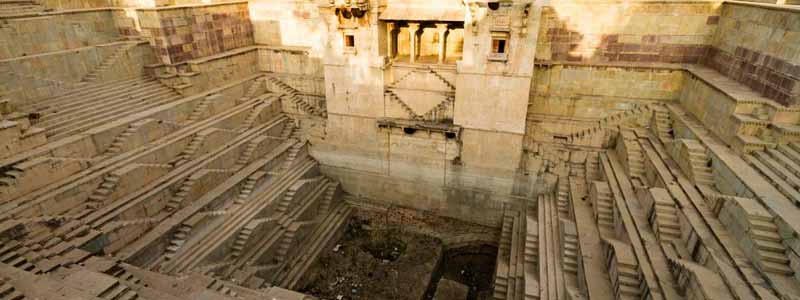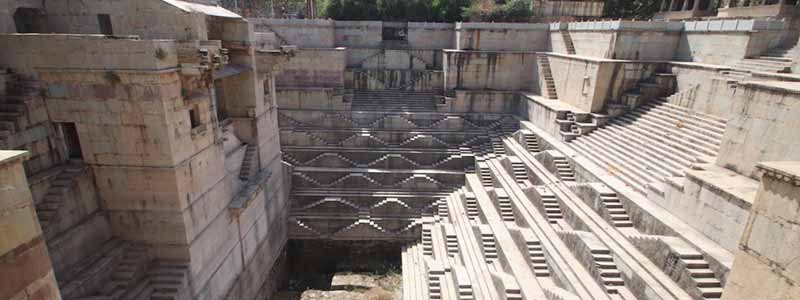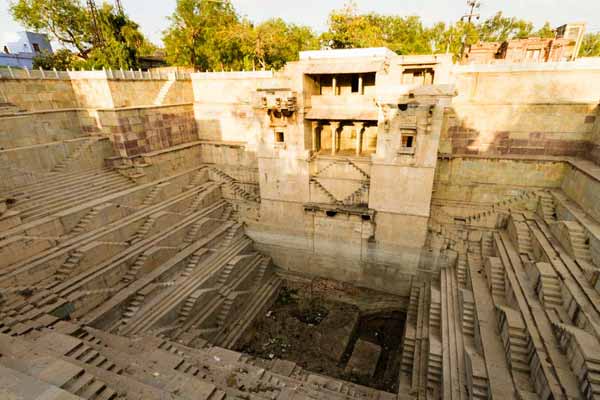Dhabhai Kund Bundi is a popular tourist destination. Bundi has risen to the top of the tourist destination rankings in the previous few years. Every year, a large number of travellers visit Bundi to see the lovely tourist attractions. Bundi’s array of tourist attractions makes it an even more popular tourist destination because it caters to all types of visitors. The Dabhai Kund is the most popular tourist attraction in Bundi, with over a million visitors each year. The structure depicts the area’s rich art and architecture while also informing visitors about the area’s history. It provides tourists with an excellent touring experience, particularly for those who are passionate about art and architecture.

Historical significance of Dabhai Kund
The Dhabhai Kund Bundi, located in the heart of the city, serves as a window into the city’s glorious past. Dabhai Kund’s historical significance adds to the appeal of the edifice. It reminds visitors of the brave ruler Prithviraj Chauhan, who was defeated in battle by Mohammad Ghori. The kund harkens back to the city’s former greatness and is a magnificent historical structure that depicts the city’s golden past. As a result, tourists visiting this location have a fantastic time since they not only get to see the region’s magnificent works of art and architecture, but they also receive a clear sense of the region’s historical significance.

Description of Dabhai Kund, Bundi:
The Dhabhai Kund Bundi in Rajasthan, also known as Jai Kund, is a magnificent building. In fact, it is Bundi’s largest Kund. Bundi’s largest Kund has historical significance that cannot be overstated. Even if you are not a history buff, you will be enthralled by the Kund’s varied exhibitions. The exquisite carvings on the stairwells will be a visual delight. This stairwell will take you to the water’s edge. Observing these various traits will reveal various unknown information that you were previously unaware of.
History lovers will have the best time as it will take you close to the heydays of Rajasthani reign. The visit will make you aware of the grandeur and splendor of Rajput kings. Hence, if you are visiting Bundi, Rajasthan in India then make sure you visit Dabhai Kund. Though there are number of other kunds in Bundi but the Bundi tour would be incomplete without a visit to its largest kund. It will be truly be an enriching experience and will add a new dimension to your Rajasthan tour.
